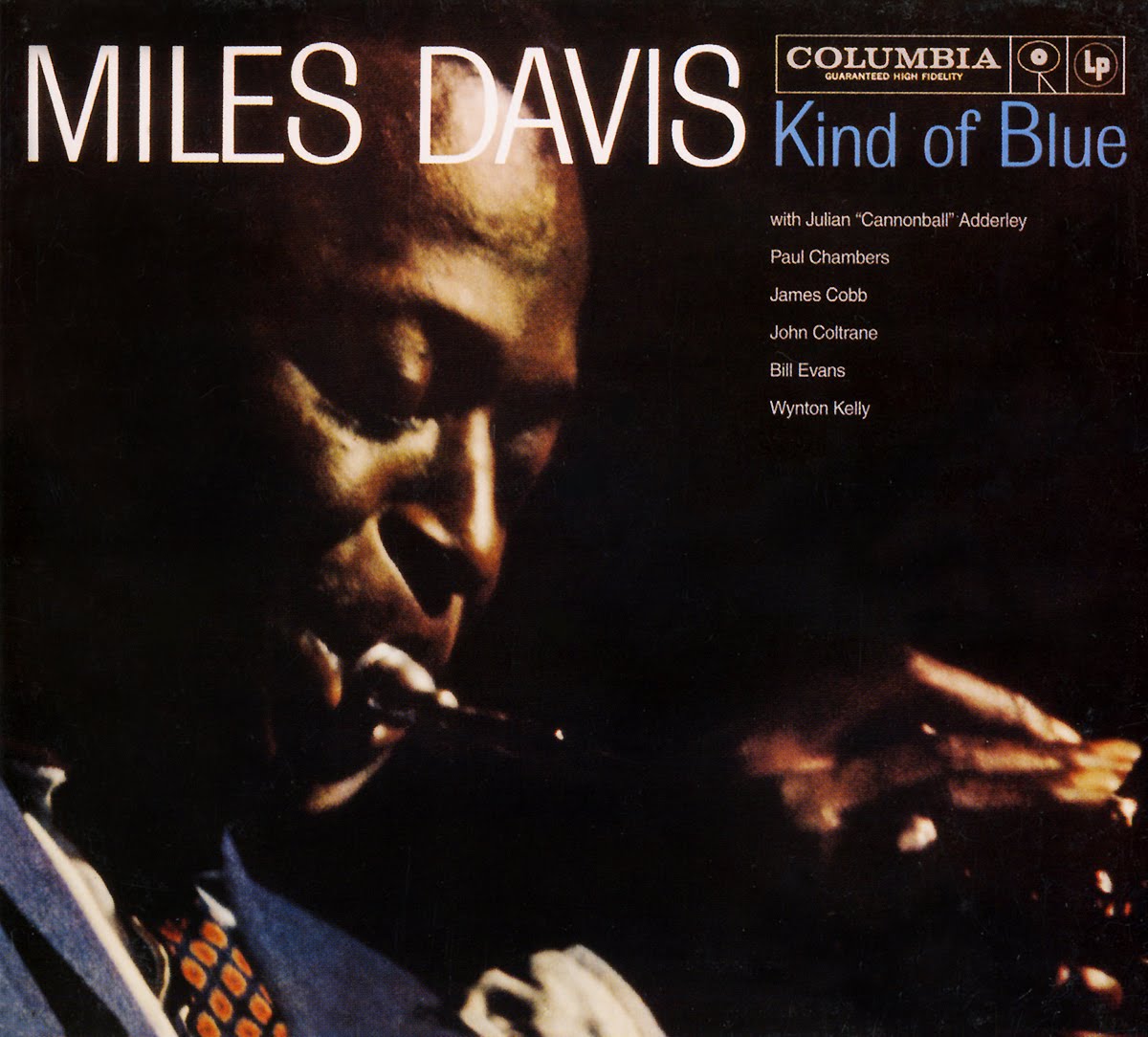
The Blue Moment
When Miles Davis’ sextet recorded Kind of Blue in a disused Manhattan church in the spring of 1959, the history of music changed its course. Not only jazz, but all music. Artists as Terry Riley, La Monte Young, Brian Eno, the Velvet Underground, Keith Jarrett, Chris Rea, Robert Wyatt and many others, were all influenced by the two fateful sessions when Davis eventually achieved his aim: “learn all the changes”.
Step by step, Williams’ book, published by Faber and Faber, traces the legs of Davis’ journey from a stereotypical good-time jazz to a distilled, essential form of it: “full strength, pure essence”, the apogee of an era but also the beginning of a new one, the birth of the cool. Blue were the colour, the music and the mood of the time. Kind of Blue is, in Williams’ words, “a loop, a continuous mood”, the essence of which “could never be recaptured”.
The book goes through Sartre’s existentialism, the beat generation, the birth of cinematic cool with Fellini and Antonioni, Yves Klein’ Blue, Andy Warhol’s Factory and a myriad of characters who revolved around the orbit of Davis’ cultural milieu. With particular attention to the music paths of its protagonists, Coltrane, Evans, Adderley, Chambers, Cobb and Kelly, before and after Kind of Blue, Williams places Davis’ new aesthetic of jazz right at the throbbing centre of the changing spirit of the time.
“Full strength, pure essence”
Through numerous musical and historical references, the author shows how music changes that took place after the making of the album – Coltrane struggle “against the walls of harmonic constraints”; Evan’s sound explorations; the minimalist movement of Young, Riley, Hassell, Reich, Glass; the demolition of the conventions of rock ’n’ roll by the Velvet Underground; but also James Brown; the Soft Machines; Manfred Eicher- all drew on Davis’ genius, in a way or another.
This book is not only a well argued insight of an album that, in the author’s words “is, for many listeners, an addictive substance”, but it also provides a documented overview of a prolific music period, the influence of which endures up to our times.

A Terrible beauty is Coming to Town
To each one his own. Venice, Berlin, London, Paris, Moscow, Prague, Liverpool and many others: each one of them has got its own Biennale of Art. For years now, the capital that gave birth to some of the 20th century’s most revolutionary artists has been lagging behind other leading European cities in terms of contemporary art. It’s finally time to get back on tracks.

Eccentric Energy from Mexico Way
Her shows are a cocktail of bolero, rumba, ranchero, jazz, postmodern kitsch, surreal costumes and iconography. On stage, she sings, acts, dances and tells political jokes. Already a legend in her own country and abroad, eccentric Mexican diva Astrid Hadad is now coming to Ireland for the first time.

Love for Lamps... to Take Over the World
Lovelamp is one of the artists of Dublin street art scene. In the past few years he has been attracting the attention of the public with his posters and stickers of lamps scattered all over the city. We asked him few questions about his unusual work and his opinion about Dublin street art.